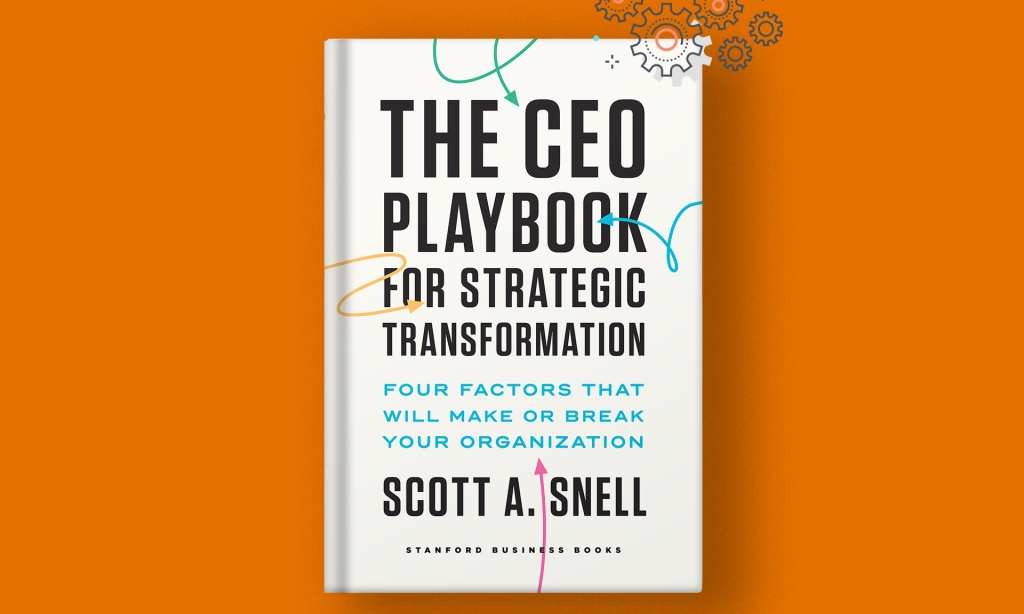

 Article
Article


Strategic transformation has become crucial for companies to remain competitive. Scott A. Snell’s new book, "The CEO Playbook for Strategic Transformation,” outlines four key factors for successful organizational change.
The benefits of diversity in decision-making are well-documented. Having different perspectives and expertise produces better outcomes. But those don’t necessarily surface during discussions. How can leaders and organizations get the most from diverse perspectives and enhance the quality of conversations to achieve the best decisions?
Trust is built slowly and erodes quickly. Netflix was lauded as an inclusive employer, but when it aired Dave Chappelle’s controversial special The Closer, it seemed unprepared for backlash from multiple stakeholders, including the LGBTQ+ community. What could it have done better to balance the paramount issues of freedom of speech and inclusivity?
Advances in AI and machine learning algorithms that can collect, interpret and generate data are happening fast. What happens when organizations automate managerial processes in pursuit of productivity gains? How might having an AI “boss” make people feel about themselves, their jobs and their status within the organizations that employ them?
How can those seeking to create diverse, equitable and inclusive workspaces bring opposing sides into alignment? The answer: Consider the various stakeholders in an organization as taking part in a multi-party, multi-issue negotiation. Here are three key tactics for leaders to use in an organizational context to implement DEIB more effectively.
How do individuals make decisions in situations involving risk? How do we instinctually trade off the potential for a gain with the potential for loss? Most individuals fear losses more than they like gain, and the choice of reference point shifts our perception of gains and losses. Can we better understand the way we make choices?
Remote work comes with emotional, societal and environmental benefits. Employees aren't tied to city centers with high costs of living, and reduced travel will lower greenhouse gas emissions. There are also benefits to firms, with research suggesting that remote workers are more productive. Yet challenges exist. How do we navigate this new normal?
Black police officers can be a model for how employees can do anti-racism work in the workplace, even in institutions historically entrenched in systemic racism. Any employee can learn to challenge racialized behavior, recruit and promote for representation, and go above and beyond outside of an organization.
Communication strategies: Whether an organization is responding to a complaint, communicating about a crisis, or notifying employees about downsizing or a change in policies, individuals need to know how to deliver bad news to internal and external audiences. Leaders must focus on three goals: Convey the news, gain acceptance and maintain goodwill.
As a culture, we applaud proactivity. Just glance at job boards and you’ll see plenty of postings looking for “self-starters,” “innovators” and “go-getters” to join workplace teams. But are highly proactive people always a positive force in groups? Does loading your team with hustle help?